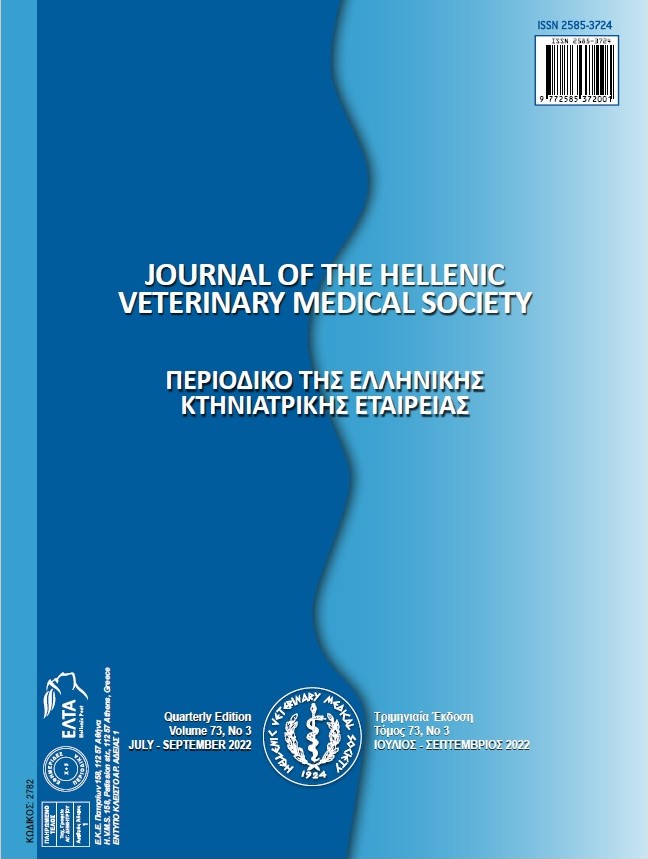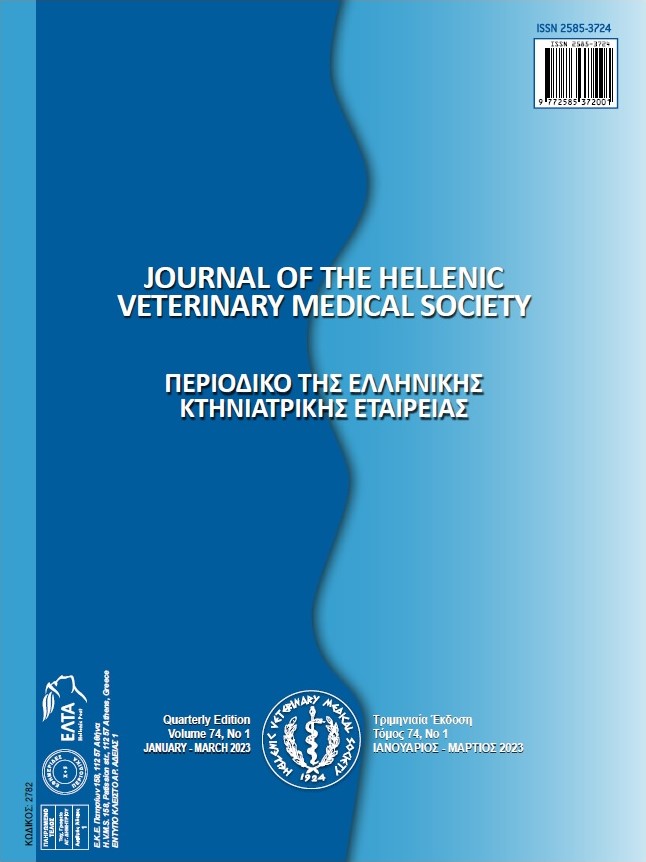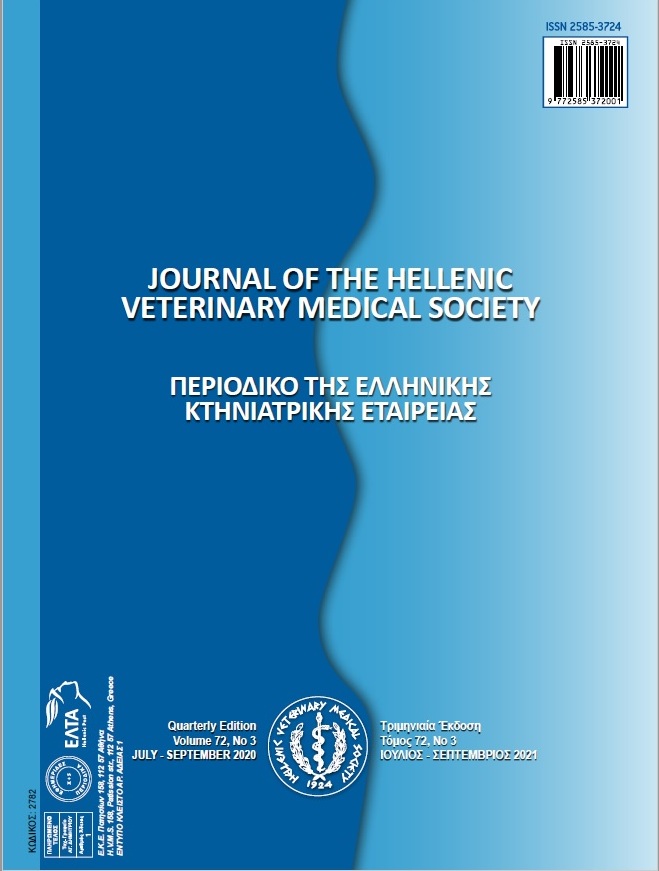Seroprevalence of Fasciola-infection using Enzyme-linked immunosorbent assay in large ruminants from Pakistan

Abstract
Fasciolosis, caused by liver fluke species of the genus Fasciola, are well recognized because of its high veterinary impact. Stool examination for Fasciola eggs is not a sensitive method, and limited efforts to find a reliable and cheaper means of detection are available. The present study aimed to develop rapid diagnostic ELISA test against fasciolosis. The excretory/secretory (ES) and somatic (SA) products of Fasciola helminths were analysed using polyacrylamide gel electrophoresis (PAGE). Immunogenicity was evaluated by immunoblotting using hyperimmune sera raised in rabbits and seroprevalence was determined by indirect ELISA. The results of SA antigen of Fasciola species showed polypeptide bands ranged from 10kDa-100kDa, while ES antigen of Fasciola showed bands of 15kDa-55kDa. The immunoblotting results showed the most prominent bands against ES antibodies were 25, 35, 55-70, 100 and 250 kDa and SA antigens showed 10, 15-25, 35, 70, 100 and 250 kDa polypeptide bands. The sensitivity and specificity of developed indirect ELISA for SA antigens was 95.45% and 87.1%, while for ES antigens was 100% and 77.42% respectively. The overall seroprevalence recorded for fascioliasis based on SA antigen was 39.8% and 29.8% for ES antigen. The fasciolosis did not show significant association with host type, sex and age groups of examined animals, however significantly higher infection was found in months of September and October. The result provides sensitive in house immunodetection assay for diagnosis of fasciolosis alternative to commercial kits with high import cost.
Article Details
- Come citare
-
Komal, M., Afshan, K., Zafar, S., Firasat, S., & Qayyum, M. (2022). Seroprevalence of Fasciola-infection using Enzyme-linked immunosorbent assay in large ruminants from Pakistan. Journal of the Hellenic Veterinary Medical Society, 73(3), 4309–4316. https://doi.org/10.12681/jhvms.26436
- Fascicolo
- V. 73 N. 3 (2022)
- Sezione
- Research Articles

Questo lavoro è fornito con la licenza Creative Commons Attribuzione - Non commerciale 4.0 Internazionale.
Authors who publish with this journal agree to the following terms:
· Authors retain copyright and grant the journal right of first publication with the work simultaneously licensed under a Creative Commons Attribution Non-Commercial License that allows others to share the work with an acknowledgement of the work's authorship and initial publication in this journal.
· Authors are able to enter into separate, additional contractual arrangements for the non-exclusive distribution of the journal's published version of the work (e.g. post it to an institutional repository or publish it in a book), with an acknowledgement of its initial publication in this journal.
· Authors are permitted and encouraged to post their work online (preferably in institutional repositories or on their website) prior to and during the submission process, as it can lead to productive exchanges, as well as earlier and greater citation of published work.





